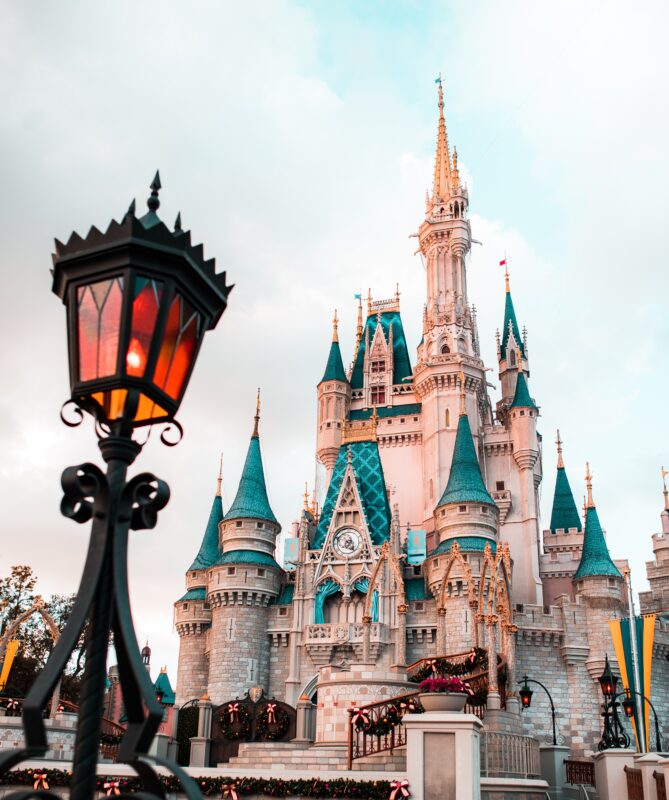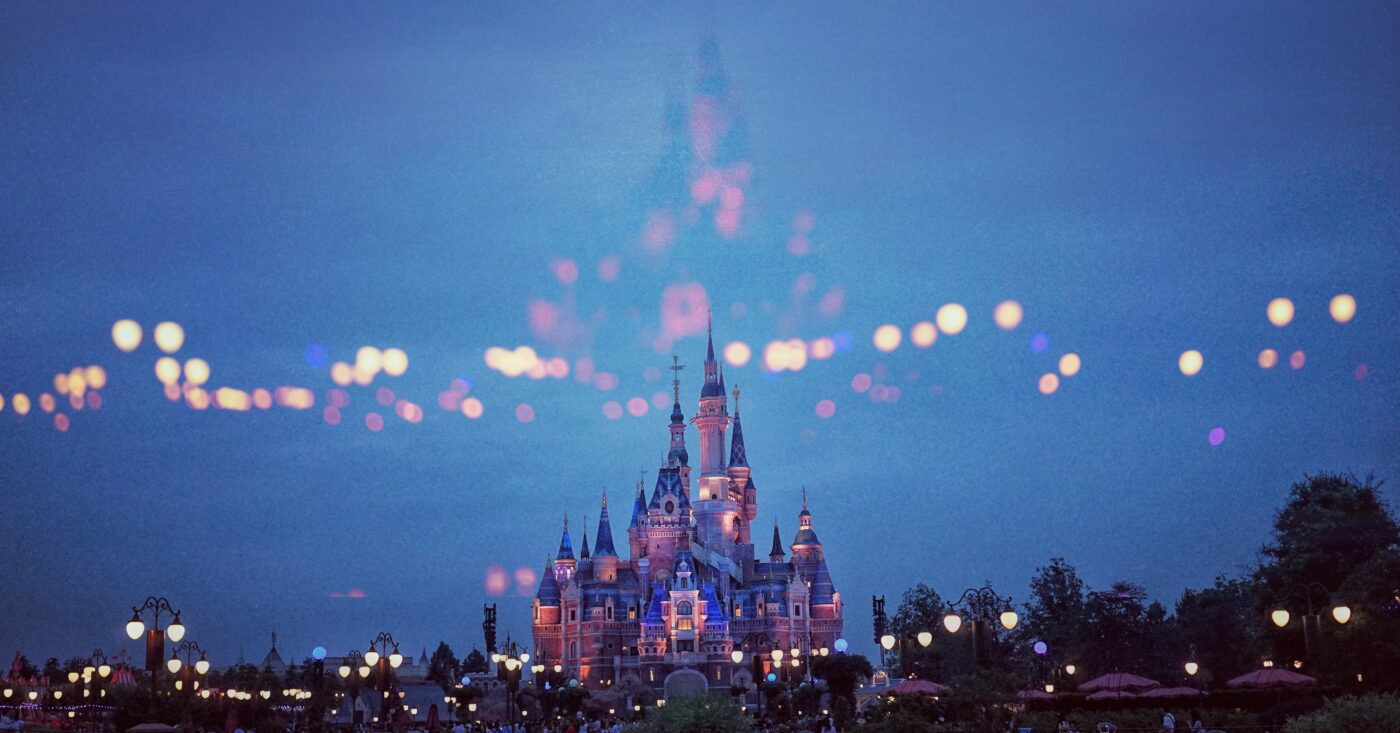Get ready to take a nostalgic trip down memory lane as “A Retrospective Analysis: Disney’s Evolution with Black and White Animation” charts the rise of one of the most iconic entertainment companies. Embark on a whimsical journey exploring how Disney’s early adoption and transformation of black and white animation crafted the magnificent multiverse of vivid characters that live in our hearts today. Brace yourself for a delightful mix of facts and fan theories that will add new dimensions to your favorite classics. What awaits are not only celebratory moments but also some challenging views that will make you see Disney’s animated history in a different light. This is a journey that every Disney lover, film enthusiast, and animation aficionado should be a part of. Just remember, it all started with a mouse in a black and white screen.

This image is property of images.unsplash.com.
Setting The Stage: The Early Years
The founding of Disney Brothers Studio
In the fall of 1923, two brothers, Walt and Roy Disney, decided to channel their shared passion for storytelling and animation into a business venture. This led to the founding of the Disney Brothers Studio, a humble start in Hollywood which would over time emerge as a world-renowned entertainment behemoth. As you can imagine, setting up an animation studio was no small feat, especially given the limited technology and resources at the time. However, the Disney brothers were armed with groundbreaking ideas and unshakable tenacity.
The emergence of the animation genre
In the early 20th century, animation was still in its infancy. A surprising fact considering the ubiquity of animated content today. Yet, the seeds of this genre were being sown and cultivated by pioneering visionaries – amongst them were the Disney brothers. Their creativity and persistent efforts lead to the advancement of the animation genre, setting a precedent for the industry and paving a way for many animators and storytellers to express their creativity.
Challenges faced during initial years
In their initial years, the duo encountered numerous obstacles. From financial constraints to technological limitations and skepticism from critics, the Disney brothers faced it all. Each challenge was a test, one they met head on, never wavering from their commitment to animation and storytelling. These early struggles not only shaped the Disney Brothers Studio but also laid a strong foundation for its future success.
First Breath of Mickey Mouse
The creation and evolution of Mickey Mouse
From the ashes of Oswald the Lucky Rabbit’s loss, a new character arose – Mickey Mouse. Devised by Walt Disney and Ub Iwerks, Mickey Mouse emerged as the first sound cartoon or “talkie.” Mickey Mouse’s evolution from its inception to the recognizable icon we know today was a journey marked by innovation, ingenuity, and growth.
First Mickey Mouse black and white movie: ‘Steamboat Willie’
‘Steamboat Willie’, the first Mickey Mouse black and white movie, graced the screens in 1928 to an elated audience. The synchronization of sound and movement was a novelty, unheard of at the time. Both children and adults watched in awe as Mickey whistled and moved, unlike anything they had seen before.
Public response
The response was tremendous. Mickey Mouse won hearts worldwide with his wit, optimism, and relatable characteristics. He wasn’t just a cartoon character; he became a symbol of joy, resilience, and the embodiment of the American spirit.
Significance of Black and White Animation in Disney’s Ascend
Disney’s unique use of noncolor visuals
Disney’s black and white animations showcased a unique form of storytelling that relied heavily on nuances and expressions. Without the distraction of color, viewers’ focus was drawn towards the characters, their emotions, and the unfolding narrative.
How black and white animation fostered creativity
Black and white animation had its limitations, but it also opened a gateway to creativity. Absence of color demanded innovation in other visual aspects – character design, background details, and maneuvering with shades and tones; Disney delivered on all!
The artistic and financial implications
The decision to stick with black and white animation was not just artistic but also financial. Color was expensive, and opting for it could mean higher costs and potentially lower returns. Thus, it was a strategic choice that greatly benefited Disney during the initial years.
Disney’s Innovations in Black and White Eras
Innovation in storytelling
Disney pioneered the use of linear narrative in its animations. Instead of disjointed scenes, you witness an engaging story with complex characters, compelling conflicts, and satisfying resolutions. This shift introduced audiences to a whole new level of immersive experience.
Production techniques
Despite the lack of sophisticated technology, the efficiency and precision in the production process was commendable. Disney innovated by adapting the “assembly line” production model, where each animator focused on their specific part of the process, leading to improved efficiency and consistency.
Character creation
From Mickey Mouse to Minnie Mouse, Donald Duck, and Goofy, Disney’s black and white era marked the birth of several unforgettable characters. Each character, imbued with its personality and quirks, embodied a distinct facet of life, making them relatable, engaging, and timeless.

This image is property of images.unsplash.com.
Disney’s Transition into Color
Disney’s first colored animation: ‘Flowers and Trees’
In 1932, Disney dipped its toe into colored animations with ‘Flowers and Trees’. The lush greenery and vibrant flowers were a welcome novelty, and the animation won the studio its first Academy Award.
Fan response to the introduction of colored cartoons
Though initially skeptical, fans quickly warmed to the colored cartoons. The vivacious colors added a new dimension to the animation, enhancing the immersive experience for the audience. This transition came to define an important phase in Disney’s history.
Impact on Black and White Animation
The shift to color marked the gradual decline of black and white animations. What was once an industry standard became a niche. However, Disney’s commitment to storytelling remained unfazed, only amplified by the addition of colors.
Debates Surrounding Disney’s Evolution
Criticisms and controversies
Disney’s journey isn’t devoid of criticisms and controversies. Accusations of cultural insensitivity, and stereotyping were not uncommon. It also raised questions about the exclusion of color in early animations and the larger implications it had on diverse representation.
The role of nostalgia
It’s impossible to talk about Disney’s evolution without digging into the nostalgia associated with its older works. For many, the charm and simplicity of black and white animations offer a haven of simplicity and clarity often missed in current works.
Comparison between Disney’s black and white and color animations
While Disney’s black and white animations hold their nostalgic charm, the technicolor animations marked a new era of vibrancy and dynamism. It’s like comparing apples and oranges – each era had its strengths, innovations, and unique offerings.

This image is property of images.unsplash.com.
Artistic Voices Review Disney’s Evolution
Insights from animation historians and artists
Animation historians and artists alike appreciate Disney’s journey and evolution. They acknowledge the tremendous leap from drawing silent characters on paper to creating colored animations featuring complex narratives and characters, and the impact these advancements had on the world of animation.
Comparative analysis with other studios
Disney set a benchmark in animation, leading others to follow suit. While other studios brought their unique ideas and contributions, Disney’s consistency in innovation and storytelling remained unmatched.
The legacy of Disney’s black and white era
Despite the fading away of black and white animations, their legacy lives on. They reshaped the animation industry and introduced audiences to a new form of entertainment, setting a template for future works.
Continued Influence of Disney’s Black and White Era
Influence on modern animation
Modern animation, although technologically advanced, owes much of its foundation to Disney’s black and white era. The emphasis on storytelling, character development, and visual narration are principles borrowed from this era.
Revivals and tributes in current Disney works
In a homage to their past, Disney occasionally brings back the black and white era in its modern works. Whether it’s through Easter eggs or dedicated scenes, it’s a gentle nod to the studio’s roots.
Lessons learned for future animators and storytellers
Disney’s journey is an inspiring saga for future animators. The persevering spirit, willingness to take risks and innovate, and above all the focus on storytelling are lessons that continue to guide future artists.
Disney’s Future Directions
The role of technology in Disney’s future
Technology is playing a crucial role in Disney’s future. With advancements such as 3D animation and virtual reality, the way stories are told and experienced is undergoing a significant transformation.
Resurgence of interest in black and white animation
Interestingly, there’s been a resurgence of interest in black and white animation. Artists are exploring this art form to create nostalgic, artistically appealing works.
Predictions for Disney’s artistic direction
Disney is likely to continue along the path of innovation. Striking a balance between technology and storytelling will be crucial. Whatever the future holds, it’s certain that Disney will continue to shape, inspire, and entertain generations to come.
The Realists Take
Ability to adapt to changing trends
Disney’s ability to adapt with changing times is commendable. From silent animations to sound cartoons, from monochrome to color, and now 3D- Disney has proven its ability to stay relevant.
Disney’s sustainability in a fast-paced digital world
In a world saturated with digital content, Disney stands strong. Its formula for success lies in its timeless storytelling, compelling characters, and willingness to innovate.
Enduring legacy and appeal of Disney’s black and white animations
The legacy of Disney’s black and white animations endures. They continue to charm audiences, instilling them with a sense of nostalgia, simpler times, and the wonder of pure, timeless storytelling. As Disney embarks on its future adventures, it stays rooted in its past, inspired and guided by its black and white origins.



